Mailing List
Sign up for our mailing list to get latest updates and offers.
Kaziranga National Park, nestled in the northeastern state of Assam, India, is a world-renowned wildlife sanctuary known for its incredible biodiversity and picturesque landscapes. Spanning over 1,000 square kilometers, this UNESCO World Heritage Site is famed for its population of the Indian one-horned rhinoceros, which can be spotted in their natural habitat. A safari in Kaziranga offers a unique and exhilarating experience, allowing visitors to traverse the park’s diverse ecosystems, which include grasslands, wetlands, and dense forests.
During a safari, you'll embark on guided jeep or elephant rides through the park’s well-maintained trails. The jeep safaris provide an opportunity to cover more ground, offering sightings of the park’s rich wildlife, including wild buffalo, tigers, and a variety of deer species. Elephant safaris, on the other hand, provide a more intimate and up-close experience with the landscape and wildlife, ideal for spotting rhinos and other animals in the dense foliage and swampy areas.
Kaziranga is also home to a rich avian population, making it a paradise for birdwatchers. You might see the rare Bengal florican, the Great Indian Hornbill, and numerous other bird species during your visit. The park’s landscape, marked by its lush greenery and meandering rivers, provides a stunning backdrop for wildlife photography and an unforgettable safari adventure
Morning: Arrival: Arrive at Kaziranga National Park and check into your accommodation. Choose from lodges, resorts, or guesthouses near the park. Afternoon: Lunch: Enjoy a meal at your lodge or a nearby restaurant. Evening: Evening Jeep Safari: Embark on a jeep safari in one of the park’s ranges, such as the Central or Western range. Evening safaris offer a chance to see the Indian one-horned rhinoceros and other wildlife as they become more active. Dinner: Return to your lodge for dinner and unwind
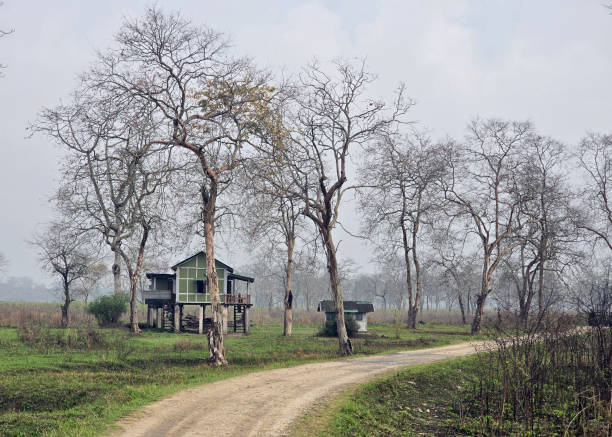
Early Morning: Morning Jeep Safari: Start your day with an early morning jeep safari in a different range, such as the Eastern or Western range, to maximize wildlife sightings. Mid-Morning: Breakfast: Return to your lodge for breakfast. Late Morning to Early Afternoon: Village Visit: Explore a nearby village to experience local culture. Learn about traditional crafts, lifestyles, and customs of the indigenous communities. Afternoon: Lunch: Enjoy lunch at your lodge. Post-Lunch: Elephant Safari: Enjoy an afternoon elephant safari. This offers a unique perspective and a chance to get up close to wildlife, especially rhinos and dense forest areas. Evening: Relax and Dinner: Return to your lodge, relax, and have dinner
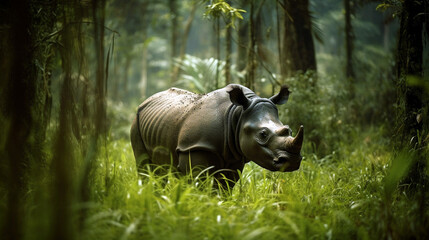
Early Morning: Morning Jeep Safari: Go on another early morning jeep safari in a different part of the park or revisit areas you enjoyed previously. Mid-Morning: Breakfast: Return to your lodge for breakfast. Late Morning: Bird Watching or Nature Walk: Participate in a bird-watching session or nature walk. Kaziranga is known for its diverse avian population. Afternoon: Lunch: Enjoy lunch at your lodge. Post-Lunch: Explore Additional Ranges: Visit any other ranges or areas of the park you haven’t explored yet. Evening: Relax and Dinner: Enjoy a relaxing evening at your lodge with dinner
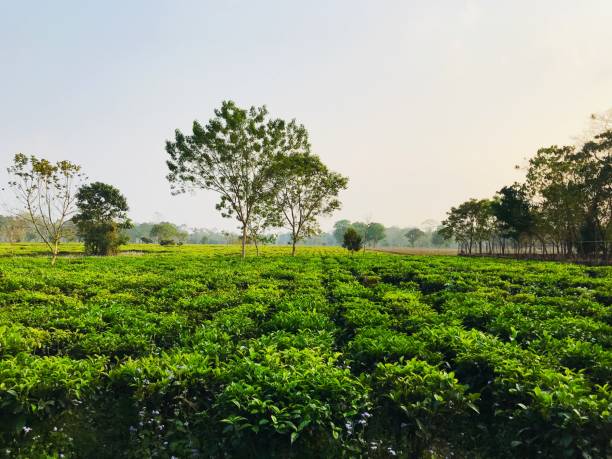
Early Morning: Morning Jeep Safari: Experience another jeep safari to explore different parts of the park or focus on specific wildlife sightings. Mid-Morning: Breakfast: Return to your lodge for breakfast. Late Morning to Early Afternoon: Local Attractions: Explore nearby attractions or historical sites outside the park, such as temples or cultural centers. Afternoon: Lunch: Have lunch at your lodge. Post-Lunch: Leisure Time: Spend the afternoon relaxing at your lodge or engaging in activities such as a cooking class or spa treatment if offered. Evening: Dinner: Enjoy dinner at your lodge
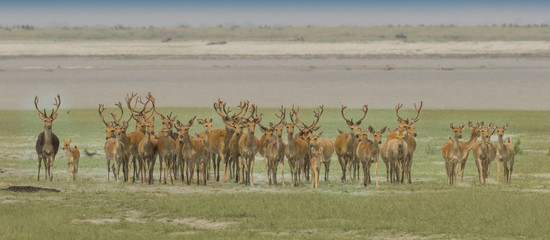
Early Morning: Morning Jeep Safari: Go on another morning jeep safari to cover new areas or revisit favorite spots. Mid-Morning: Breakfast: Return to your lodge for breakfast. Late Morning: Nature Walk or Optional Activities: Engage in a nature walk or any optional activities offered by your lodge. Afternoon: Lunch: Enjoy lunch at your lodge. Post-Lunch: Relaxation: Spend the afternoon at leisure. Enjoy the lodge’s amenities or simply relax. Evening: Dinner: Have dinner and enjoy your evening at the lodge
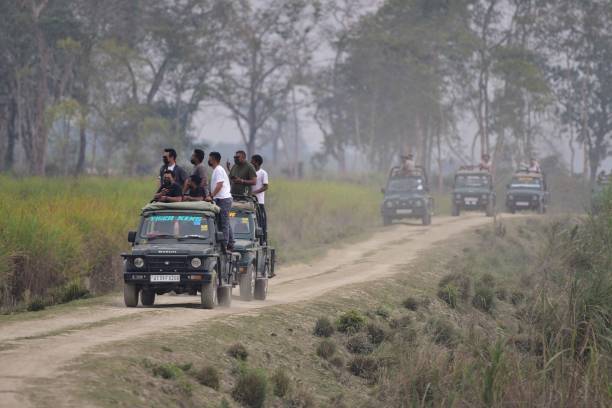
Early Morning: Morning Jeep Safari: Experience a final early morning jeep safari in a different area of the park. Mid-Morning: Breakfast: Return to your lodge for breakfast. Late Morning to Early Afternoon: Visit Local Markets: Visit a local market or craft village to experience regional crafts and cuisine. Afternoon: Lunch: Have lunch at your lodge. Post-Lunch: Relaxation or Additional Safari: Spend the afternoon relaxing or, if you wish, engage in another short safari or local exploration. Evening: Dinner: Enjoy dinner at your lodge
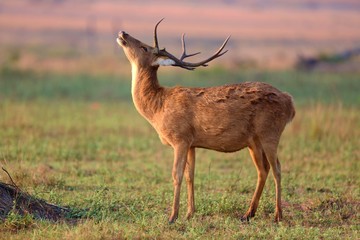
Early Morning: Optional Morning Safari: If you’re interested, go on one last morning safari for final wildlife sightings. Mid-Morning: Breakfast: Return to your lodge for breakfast. Late Morning: Relaxation: Enjoy a relaxed morning at your lodge. You might want to use this time to pack or enjoy the lodge’s amenities. Afternoon: Lunch: Have lunch at your lodge. Post-Lunch: Free Time: Use the afternoon for any additional activities or relaxation before your departure. Evening: Dinner: Enjoy a final dinner at your lodge

Morning: Breakfast: Have breakfast at your lodge. Mid-Morning: Check-Out and Departure: Check out from your accommodation and proceed to your next destination or onward journey. If time allows, you might visit a nearby attraction before departure
Best Time: The ideal time to visit Kaziranga is from November to April. During these months, the weather is pleasant, and wildlife sightings are optimal. The park is generally closed during the monsoon season (May to October) due to heavy rains and flooding
Entry Fees: The entry fees vary based on the season and the type of safari (jeep or elephant). As of the latest updates, the entry fee for Indian tourists is around INR 100 per person for a day, while foreign tourists may need to pay higher fees. Additional charges apply for safaris, which can be booked through park authorities or private operators
By Air: The nearest airport is in Guwahati (approximately 200 km away). From Guwahati, you can hire a taxi or take a private transfer to Kaziranga. By Train: The nearest railway stations are in Furkating and Jorhat. From these stations, you can hire a taxi or take local transport to reach the park. By Road: Kaziranga is well-connected by road, and you can drive or hire a vehicle from nearby cities like Guwahati or Jorhat
Jeep Safari: This is the most common way to explore the park, allowing you to cover more ground and spot a variety of wildlife. Elephant Safari: Offers a unique experience, especially for spotting rhinos and exploring areas of dense vegetation that are difficult to access by jeep. Boat Safari: Available in the park’s wetland areas, providing opportunities to see water birds and other aquatic wildlife
Clothing: Wear light, breathable clothing and sturdy walking shoes. Pack layers, including a light jacket for early mornings and evenings. Accessories: Bring sun protection (sunglasses, hat, sunscreen), insect repellent, and a camera with a zoom lens for wildlife photography. Rain Gear: Depending on the season, carry a raincoat or poncho
Accommodation: Yes, there are various options ranging from budget guesthouses to luxury resorts. It’s advisable to book your accommodation in advance, especially during peak tourist season
Wildlife: Kaziranga is renowned for its population of Indian one-horned rhinoceroses. You may also spot tigers, elephants, wild buffalo, various deer species, and a wide variety of birds, including the Bengal florican and the Great Indian Hornbill
Rules: Follow park regulations to ensure safety and minimize disturbance to wildlife. Stay within designated safari routes, avoid loud noises, and do not feed or disturb the animals. Always follow the instructions of your safari guide
Photography: Yes, photography is allowed, but make sure to follow the park’s guidelines. Use telephoto lenses to avoid getting too close to the animals, and avoid using flash photography
Dining: Many lodges and resorts offer in-house dining with local Assamese cuisine and other options. There are also small local eateries around the park where you can sample traditional dishes